Recombinant Anti-Human EGFR VHH Single Domain Antibody (PNBL-016)
CAT#: PNBL-016
Anti-Human EGFR VHH Single Domain Antibody is a recombinant protein produced in E. coli.












Specifications
- Immunogen
- Human epidermal growth factor receptor
- Host Species
- Llama
- Derivation
- Llama
- Type
- Llama VHH
- Species Reactivity
- Human
- Clone
- PNBL-016
- Applications
- WB, ELISA
Product Property
- Purity
- >95% by SDS-PAGE and HPLC analysis
- Storage
- Store the antibody (in aliquots) at -20°C. Avoid repeated freezing and thawing of samples.
Target
- Alternative Names
- EGFR; epidermal growth factor receptor; ERBB; HER1; mENA; ERBB1; PIG61; NISBD2; proto-oncogene c-ErbB-1; cell growth inhibiting protein 40; erb-b2 receptor tyrosine kinase 1; cell proliferation-inducing protein 61; receptor tyrosine-protein kinase erbB-1; avian erythroblastic leukemia viral (v-erb-b) oncogene homolog
- Gene ID
- 1956
- UniProt ID
- P00533
Customer Review
There are currently no Customer reviews or questions for PNBL-016. Click the button above to contact us or submit your feedback about this product.



Q&As
-
Is conjugation with labels easy?
A: Indeed, we have been able to conjugate this antibody with several labels while maintaining its ability to bind.
-
To what extent is this antibody stable?
A: The antibody is a reliable research instrument because it is strong and keeps working well under many testing circumstances.
-
Is this antibody long-term stable?
A: Indeed, the antibody exhibits long-term stability, guaranteeing consistent performance throughout several studies.
View the frequently asked questions answered by Creative Biolabs Support.
Cite This Product
To accurately reference this product in your publication, please use the following citation information:
(Creative Biolabs Cat# PNBL-016, RRID: AB_3111722)
Submit Your Publication
Published with our product? Submit your paper and receive a 10% discount on your next order! Share your research to earn exclusive rewards.
Related Diseases
Related Signaling Pathways
Downloadable Resources
Download resources about recombinant antibody development and antibody engineering to boost your research.
Product Notes
This is a product of Creative Biolabs' Hi-Affi™ recombinant antibody portfolio, which has several benefits including:
• Increased sensitivity
• Confirmed specificity
• High repeatability
• Excellent batch-to-batch consistency
• Sustainable supply
• Animal-free production
See more details about Hi-Affi™ recombinant antibody benefits.
Datasheet
MSDS
COA
Certificate of Analysis LookupTo download a Certificate of Analysis, please enter a lot number in the search box below. Note: Certificate of Analysis not available for kit components.
See other products for "EGFR"
Select a product category from the dropdown menu below to view related products.
| CAT | Product Name | Application | Type |
|---|---|---|---|
| TAB-753 | Anti-EGFR Recombinant Antibody (Imgatuzumab) | Neut, ELISA, IF, IP, FuncS, FC, WB | IgG1 - kappa |
| TAB-228CL | Anti-Human EGFR Recombinant Antibody (ABT-806) | WB, IHC | Antibody |
| TAB-274MZ | Human Anti-EGFR Recombinant Antibody (TAB-274MZ) | FC | Humanized IgG |
| PABX-051-S (P) | Recombinant Mouse Anti-EGFR Antibody scFv Fragment (Matuzumab) | WB, Neut, FuncS | scFv |
| PABX-052-F (E) | Recombinant Human Anti-EGFR Antibody Fab Fragment (PABX-052-F (E)) | WB, ELISA, FuncS | Fab |
| CAT | Product Name | Application | Type |
|---|---|---|---|
| PABL-462 | Human Anti-EGFR Recombinant Antibody (clone C225) | FC | Human IgG |
| PABL-463 | Human Anti-EGFR Recombinant Antibody (PABL-463) | ELISA, WB, FuncS | Humanized IgG |
| HPAB-2194LY | Mouse Anti-EGFR Recombinant Antibody (HPAB-2194LY) | ELISA, WB | Mouse IgG |
| HPAB-2195LY | Mouse Anti-EGFR Recombinant Antibody (HPAB-2195LY) | ELISA | Mouse IgG |
| HPAB-2196LY | Mouse Anti-EGFR Recombinant Antibody (HPAB-2196LY) | ELISA | Mouse IgG |
| CAT | Product Name | Application | Type |
|---|---|---|---|
| TAB-0564CL-F(E) | Mouse Anti-EGFR Recombinant Antibody; Fab Fragment (TAB-0564CL-F(E)) | ELISA | Mouse Fab |
| TAB-0565CL-F(E) | Mouse Anti-EGFR Recombinant Antibody; Fab Fragment (TAB-0565CL-F(E)) | ELISA | Mouse Fab |
| TAB-271MZ | Mouse Anti-EGFR Recombinant Antibody (TAB-271MZ) | FuncS | Mouse IgG2b |
| TAB-273MZ | Mouse Anti-EGFR Recombinant Antibody (TAB-273MZ) | FC, FuncS, IHC, IP, Inhib | Mouse IgG |
| TAB-275MZ | Mouse Anti-EGFR Recombinant Antibody (TAB-275MZ) | Cyt, FuncS, Inhib | Mouse IgG |
| CAT | Product Name | Application | Type |
|---|---|---|---|
| TAB-270MZ-S(P) | Human Anti-EGFR Recombinant Antibody; scFv Fragment (TAB-270MZ-S(P)) | ELISA | Human scFv |
| TAB-278MZ-S(P) | Human Anti-EGFR Recombinant Antibody; scFv Fragment (TAB-278MZ-S(P)) | ELISA, WB | Human scFv |
| TAB-279MZ-S(P) | Human Anti-EGFR Recombinant Antibody; scFv Fragment (TAB-279MZ-S(P)) | ELISA, WB | Human scFv |
| TAB-282MZ-S(P) | Human Anti-EGFR Recombinant Antibody; scFv Fragment (TAB-282MZ-S(P)) | ELISA | Human scFv |
| TAB-283MZ-S(P) | Human Anti-EGFR Recombinant Antibody; scFv Fragment (TAB-283MZ-S(P)) | ELISA | Human scFv |
| CAT | Product Name | Application | Type |
|---|---|---|---|
| TAB-272MZ-S(P) | Mouse Anti-EGFR Recombinant Antibody; scFv Fragment (TAB-272MZ-S(P)) | FuncS | Mouse scFv |
| TAB-272MZ-F(E) | Human Anti-EGFR Recombinant Antibody; Fab Fragment (TAB-272MZ-F(E)) | FuncS | Chimeric (mouse/human) Fab |
| TAB-302MZ-F(E) | Human Anti-EGFR Recombinant Antibody; Fab Fragment (TAB-302MZ-F(E)) | ELISA | Chimeric (mouse/human) Fab |
| TAB-308MZ-F(E) | Human Anti-EGFR Recombinant Antibody; Fab Fragment (TAB-308MZ-F(E)) | ELISA, FC | Chimeric antibody (mouse/human) |
| TAB-464CQ | Anti-Human EGFR Recombinant Antibody (TAB-464CQ) | ELISA, IHC, FC, IP, IF, FuncS | IgG1, κ |
| CAT | Product Name | Application | Type |
|---|---|---|---|
| Gly-055LC | Recombinant Anti-Human EGFR Antibody (Fc glycosylation/High-mannose glycosylated) | ELISA | Chimeric antibody (mouse/human) |
| Gly-144LC | Recombinant Anti-Human EGFR Antibody (Fc glycosylation) | ELISA | Humanized antibody |
| CAT | Product Name | Application | Type |
|---|---|---|---|
| Gly-055LC-1 | Recombinant Anti-Human EGFR Antibody (Fc glycosylation/High-mannose glycosylated) | ELISA | Chimeric antibody (mouse/human) |
| CAT | Product Name | Application | Type |
|---|---|---|---|
| Gly-167LC | Recombinant Anti-Human EGFR Antibody (Non-glycosylated) | ELISA | Human antibody |
| CAT | Product Name | Application | Type |
|---|---|---|---|
| BRD-0183MZ | Chicken Anti-EGFR Polyclonal IgY | WB | Chicken antibody |
| CAT | Product Name | Application | Type |
|---|---|---|---|
| MHC-LC773 | A*0201/Human EGFR (YLNTVQPTCV) MHC Tetramer | FCM | |
| MHC-LC4545 | PE-DQB1*03:02/Human EGFR (SRALEEKKGNYVVTHG) MHC Tetramer | FCM |
| CAT | Product Name | Application | Type |
|---|---|---|---|
| NEUT-722CQ | Rabbit Anti-EGFR Recombinant Antibody (clone CBL1011) | Neut | Rabbit IgG |
| NEUT-723CQ | Mouse Anti-EGFR Recombinant Antibody (clone CBL931) | WB, IP, IHC, ICC, Neut | Mouse IgG1 |
| NEUT-724CQ | Rabbit Anti-EGFR Recombinant Antibody (NEUT-724CQ) | IF, FC, WB, IP, Neut | Rabbit IgG |
| CAT | Product Name | Application | Type |
|---|---|---|---|
| MOR-1101 | Hi-Affi™ Rabbit Anti-EGFR Recombinant Antibody (clone DS1101AB) | IHC-P | Rabbit IgG |
| MOR-4520 | Hi-Affi™ Rabbit Anti-EGFR Recombinant Antibody (clone TH28DS) | IF, ICC, FC | Rabbit IgG |
| MOR-4675 | Hi-Affi™ Rabbit Anti-EGFR Recombinant Antibody (clone TH189DS) | WB, IF, ICC, FC | Rabbit IgG |
| MOR-4676 | Hi-Affi™ Rabbit Anti-EGFR Recombinant Antibody (clone TH190DS) | WB, IF, ICC, FC | Rabbit IgG |
| MOR-0033-FY | Rabbit Anti-EGFR Recombinant Antibody (clone AFY0004) | ICC, IHC, WB | Rabbit IgG |
| CAT | Product Name | Application | Type |
|---|---|---|---|
| HPAB-0044-FY-F(E) | Human Anti-EGFR Recombinant Antibody (clone TGM10-1); Fab Fragment | FC | Humanized Fab |
| HPAB-0089-FY-F(E) | Human Anti-EGFR Recombinant Antibody (clone MIL27-3); Fab Fragment | FC | Humanized Fab |
| HPAB-0119-FY-F(E) | Human Anti-EGFR Recombinant Antibody (clone huML66); Fab Fragment | Inhib | Humanized Fab |
| HPAB-0122-FY-F(E) | Mouse Anti-EGFR Recombinant Antibody (clone L2-H3); Fab Fragment | ELISA, WB | Humanized Fab |
| HPAB-0124-FY-F(E) | Mouse Anti-EGFR Recombinant Antibody (clone L1-H3); Fab Fragment | Inhib | Humanized Fab |
| CAT | Product Name | Application | Type |
|---|---|---|---|
| HPAB-0136-YJ-S(P) | Human Anti-EGFR Recombinant Antibody; scFv Fragment (HPAB-0136-YJ-S(P)) | ELISA, FC, Inhib, FuncS | Human scFv |
| HPAB-0137-YJ-S(P) | Human Anti-EGFR Recombinant Antibody; scFv Fragment (HPAB-0137-YJ-S(P)) | ELISA, FC, Inhib, FuncS | Human scFv |
| HPAB-2194LY-S(P) | Mouse Anti-EGFR Recombinant Antibody; scFv Fragment (HPAB-2194LY-S(P)) | ELISA, WB | Mouse scFv |
| HPAB-2195LY-S(P) | Mouse Anti-EGFR Recombinant Antibody; scFv Fragment (HPAB-2195LY-S(P)) | ELISA | Mouse scFv |
| HPAB-2196LY-S(P) | Mouse Anti-EGFR Recombinant Antibody; scFv Fragment (HPAB-2196LY-S(P)) | ELISA | Mouse scFv |
| CAT | Product Name | Application | Type |
|---|---|---|---|
| AFC-TAB-710 | Afuco™ Anti-EGFR ADCC Recombinant Antibody, ADCC Enhanced (AFC-TAB-710) | ELISA, IP, FC, FuncS, Neut, IF | ADCC enhanced antibody |
| AFC-TAB-753 | Afuco™ Anti-EGFR ADCC Recombinant Antibody, ADCC Enhanced (AFC-TAB-753) | Neut, ELISA, IF, IP, FuncS, FC | ADCC enhanced antibody |
| AFC-TAB-H35 | Afuco™ Anti-EGFR ADCC Recombinant Antibody, ADCC Enhanced (AFC-TAB-H35) | FuncS, IF, Neut, ELISA, FC, IP | ADCC enhanced antibody |
| AFC-TAB-H49 | Afuco™ Anti-EGFR ADCC Recombinant Antibody, ADCC Enhanced (AFC-TAB-H49) | FuncS, IF, Neut, ELISA, FC, IP | ADCC enhanced antibody |
| AFC-TAB-020 | Afuco™ Anti-EGFR ADCC Recombinant Antibody, ADCC Enhanced (AFC-TAB-020) | ELISA, IP, FC, FuncS, Neut, IF | ADCC enhanced antibody |
| CAT | Product Name | Application | Type |
|---|---|---|---|
| HPAB-AP881-YC | Recombinant Llama Anti-EGFR Single Domain Antibody (HPAB-AP881-YC) | ELISA, FC, IP, FuncS | Llama VHH |
| HPAB-AP882-YC | Recombinant Llama Anti-EGFR Single Domain Antibody (HPAB-AP882-YC) | ELISA | Llama VHH |
| HPAB-AP883-YC | Recombinant Llama Anti-EGFR Single Domain Antibody (HPAB-AP883-YC) | ELISA | Llama VHH |
| HPAB-AP884-YC | Recombinant Llama Anti-EGFR Single Domain Antibody (HPAB-AP884-YC) | ELISA | Llama VHH |
| HPAB-AP885-YC | Recombinant Llama Anti-EGFR Single Domain Antibody (HPAB-AP885-YC) | ELISA | Llama VHH |
| CAT | Product Name | Application | Type |
|---|---|---|---|
| VS-0424-XY84 | AbPlus™ Anti-EGFR Magnetic Beads (pSEX81-6) | IP, Protein Purification |
| CAT | Product Name | Application | Type |
|---|---|---|---|
| VS-0924-YC32 | Mouse Anti-EGFR Recombinant Antibody (VS-0924-YC32) - Cancer Stem Cell Marker | IHC, WB | Mouse IgG1 |
| VS-0924-YC35 | Rabbit Anti-EGFR Antibody (VS-0924-YC35) - Cancer Stem Cell Marker | IHC, WB, IF | Rabbit IgG |
| CAT | Product Name | Application | Type |
|---|---|---|---|
| VS-1024-XY177 | Mouse Anti-NHP EGFR Recombinant Antibody (clone 225) | IF, IP | Mouse IgG1 |
| CAT | Product Name | Application | Type |
|---|---|---|---|
| VS-0125-FY28 | Human Anti-EGFR (clone ABT-806) scFv-Fc Chimera | FC, Cyt | Human IgG1, scFv-Fc |
| CAT | Product Name | Application | Type |
|---|---|---|---|
| VS-0225-XY102 | CytoStream™ Mouse Anti-EGFR Recombinant Antibody (VS-0225-XY102) | FC | Mouse IgG1, kappa |
| CAT | Product Name | Application | Type |
|---|---|---|---|
| VS-0325-XY735 | Anti-EGFR Immunohistochemistry Kit | IHC | |
| VS-0525-XY2183 | Anti-Mouse EGFR Immunohistochemistry Kit | IHC | |
| VS-0525-XY2182 | Anti-Human EGFR Immunohistochemistry Kit | IHC |
| CAT | Product Name | Application | Type |
|---|---|---|---|
| VS-0425-YC340 | Recombinant Anti-EGFR Vesicular Antibody, EV Displayed (VS-0425-YC340) | ELISA, FC, Neut, Cell-uptake |
| CAT | Product Name | Application | Type |
|---|---|---|---|
| VS-0525-YC65 | Recombinant Anti-EGFR (AA 269-278 x AA 526-535) Biparatopic Antibody, Tandem scFv (Clone Pep 2 x Clone Pep 3) | FC | Tandem scFv |
| VS-0525-YC66 | Recombinant Anti-EGFR (AA 582-591 x AA 606-614) Biparatopic Antibody, Tandem scFv (Clone Pep 4 x Clone Pep 1) | FC | Tandem scFv |
| VS-0525-YC68 | Recombinant Anti-EGFR (AA 526-535 x AA 600-605) Biparatopic Antibody, Tandem scFv (Clone Pep 3 x Clone Pep 5) | FC | Tandem scFv |
| VS-0525-YC213 | Recombinant Anti-EGFR (Domain II x Domain III) Biparatopic Antibody, Tandem scFv | ELISA, FC, IF, IHC, IP | Tandem scFv |
Popular Products

Application: FC, IP, ELISA, Neut, FuncS, IF, IHC

Application: ELISA, IHC

Application: FC, IHC, FuncS, Inhib, Cyt

Application: IF, IP, Neut, FuncS, ELISA, FC, ICC

Application: IF, IP, Neut, FuncS, ELISA, FC, ICC

Application: WB, ELISA, FC, IHC, IP
-2.png)
Application: ELISA

Application: ELISA, WB, Microarray, Block

Application: ELISA, FC

Application: ELISA, FC, Inhib, IHC-Fr, WB, IP

Application: ELISA, Inhib, FuncS
For research use only. Not intended for any clinical use. No products from Creative Biolabs may be resold, modified for resale or used to manufacture commercial products without prior written approval from Creative Biolabs.
This site is protected by reCAPTCHA and the Google Privacy Policy and Terms of Service apply.















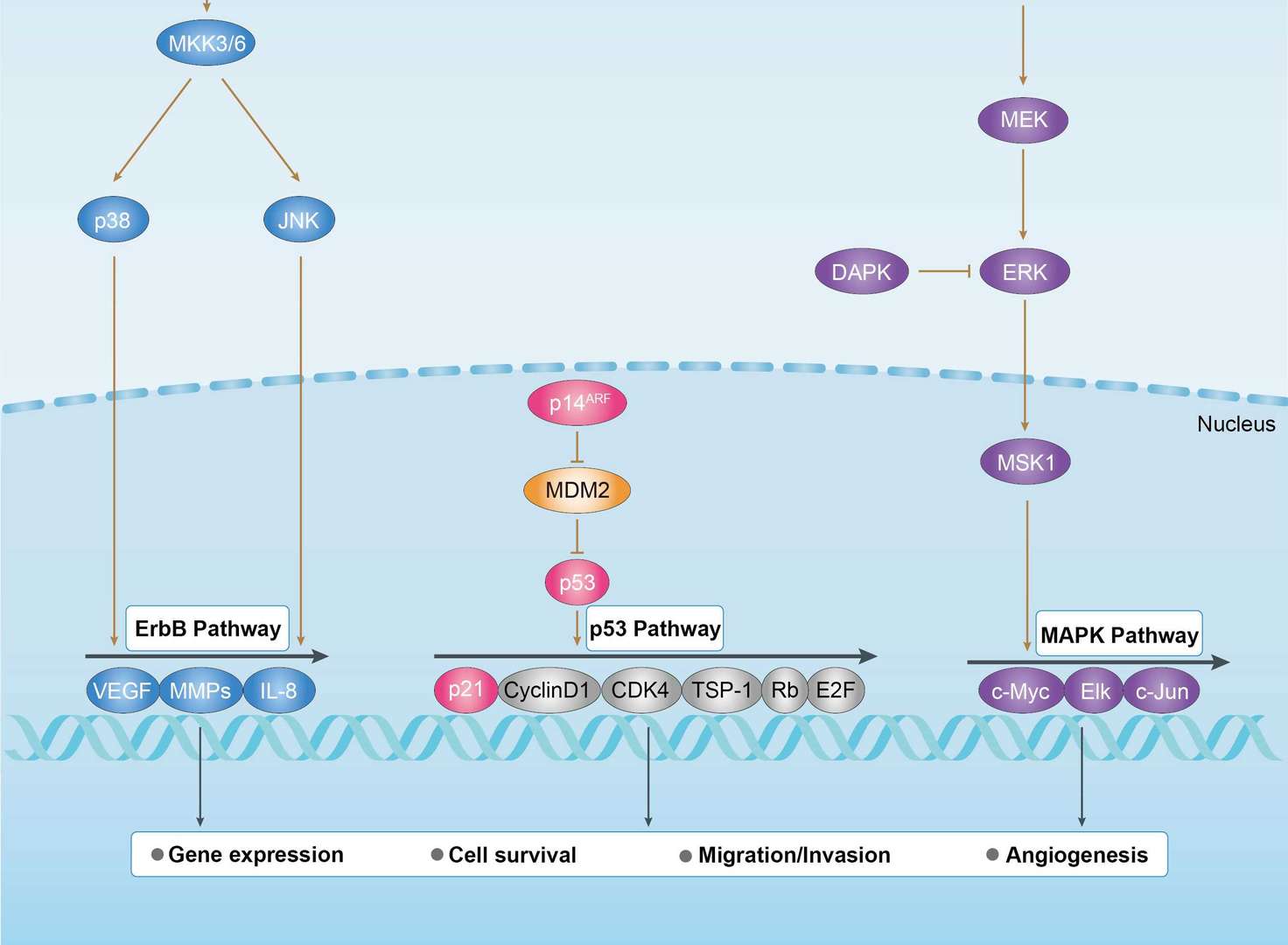 Bladder Cancer
Bladder Cancer
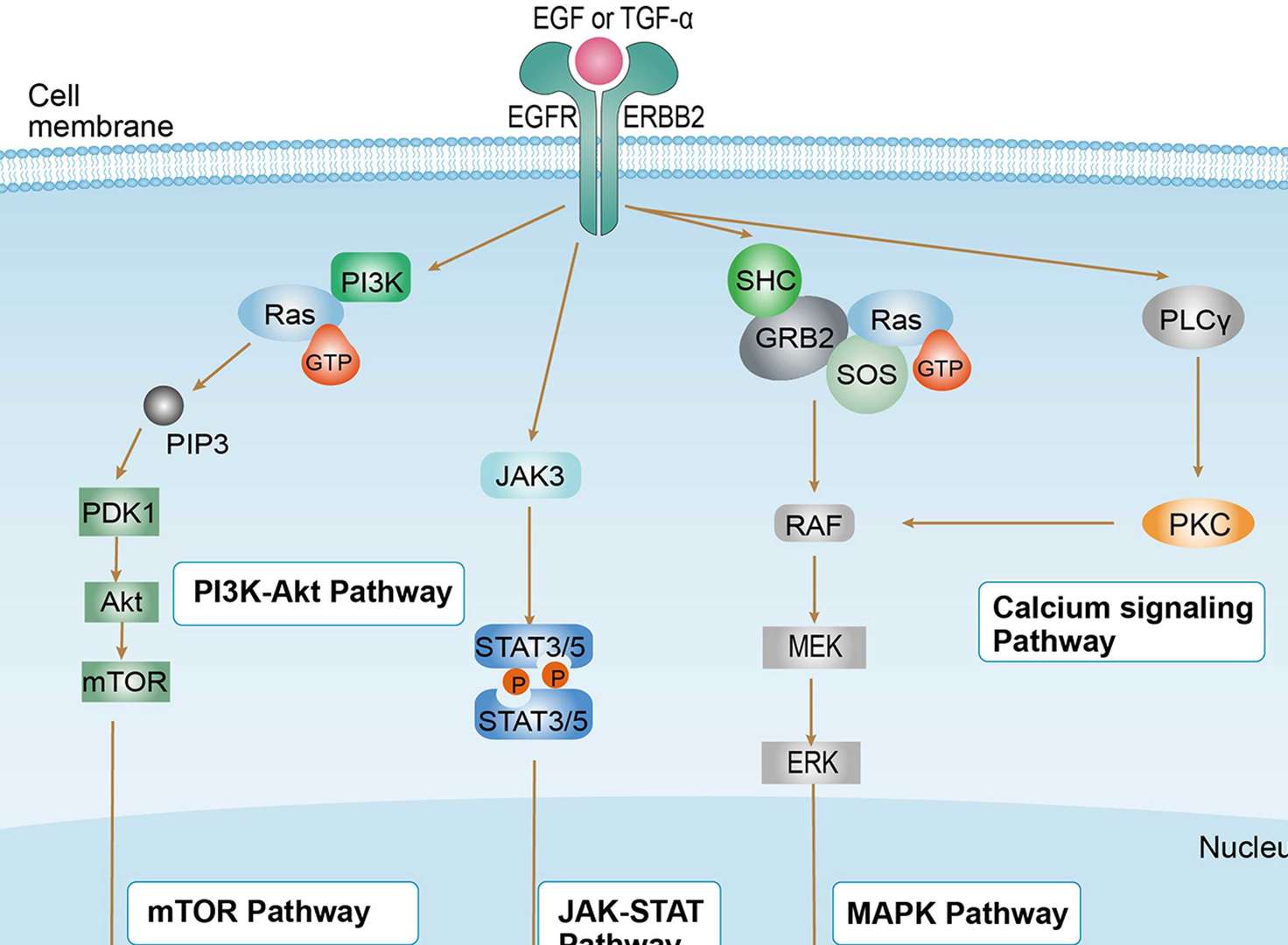 Non-small Cell Lung Cancer
Non-small Cell Lung Cancer
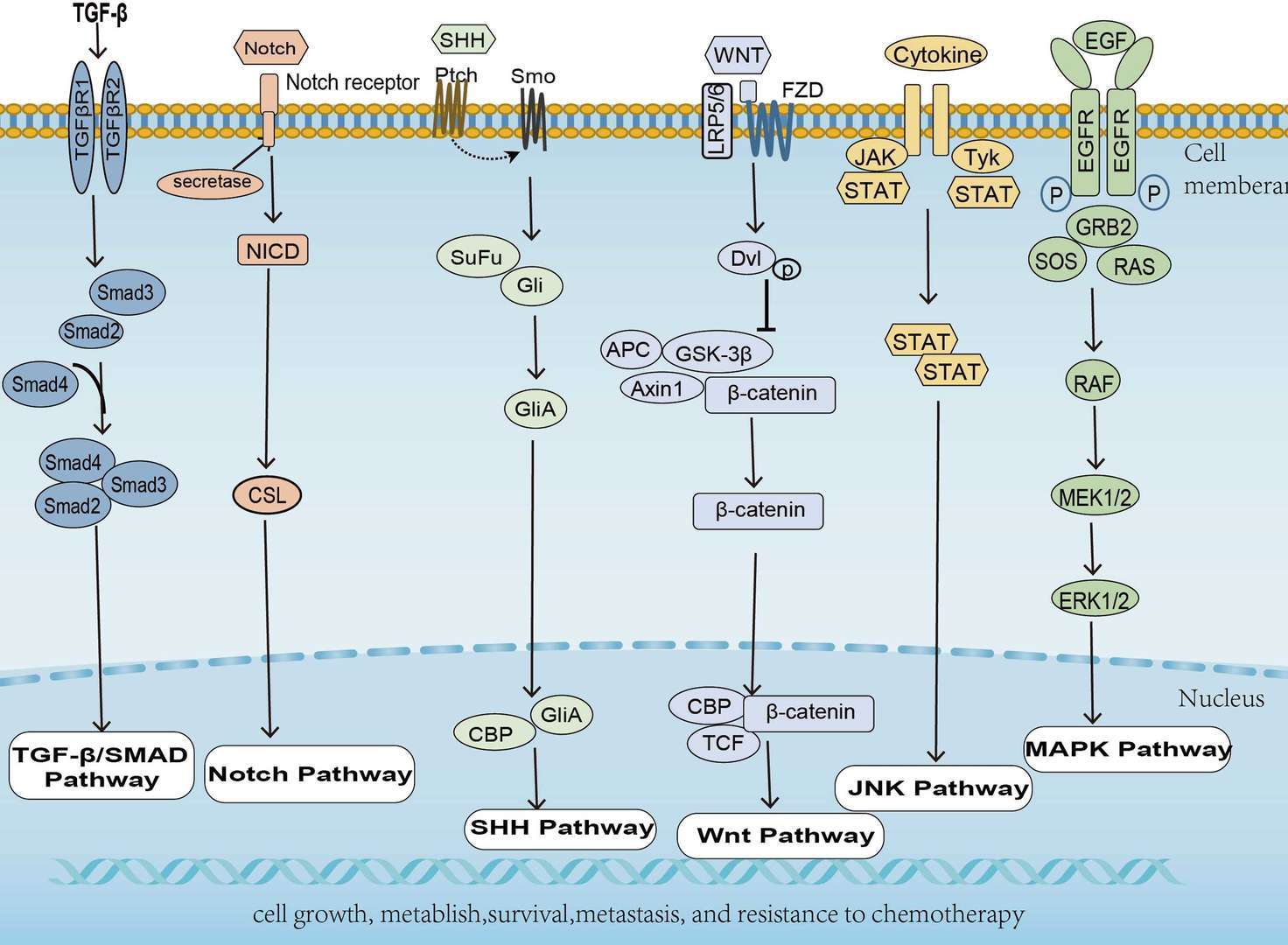 Pancreatic Cancer
Pancreatic Cancer
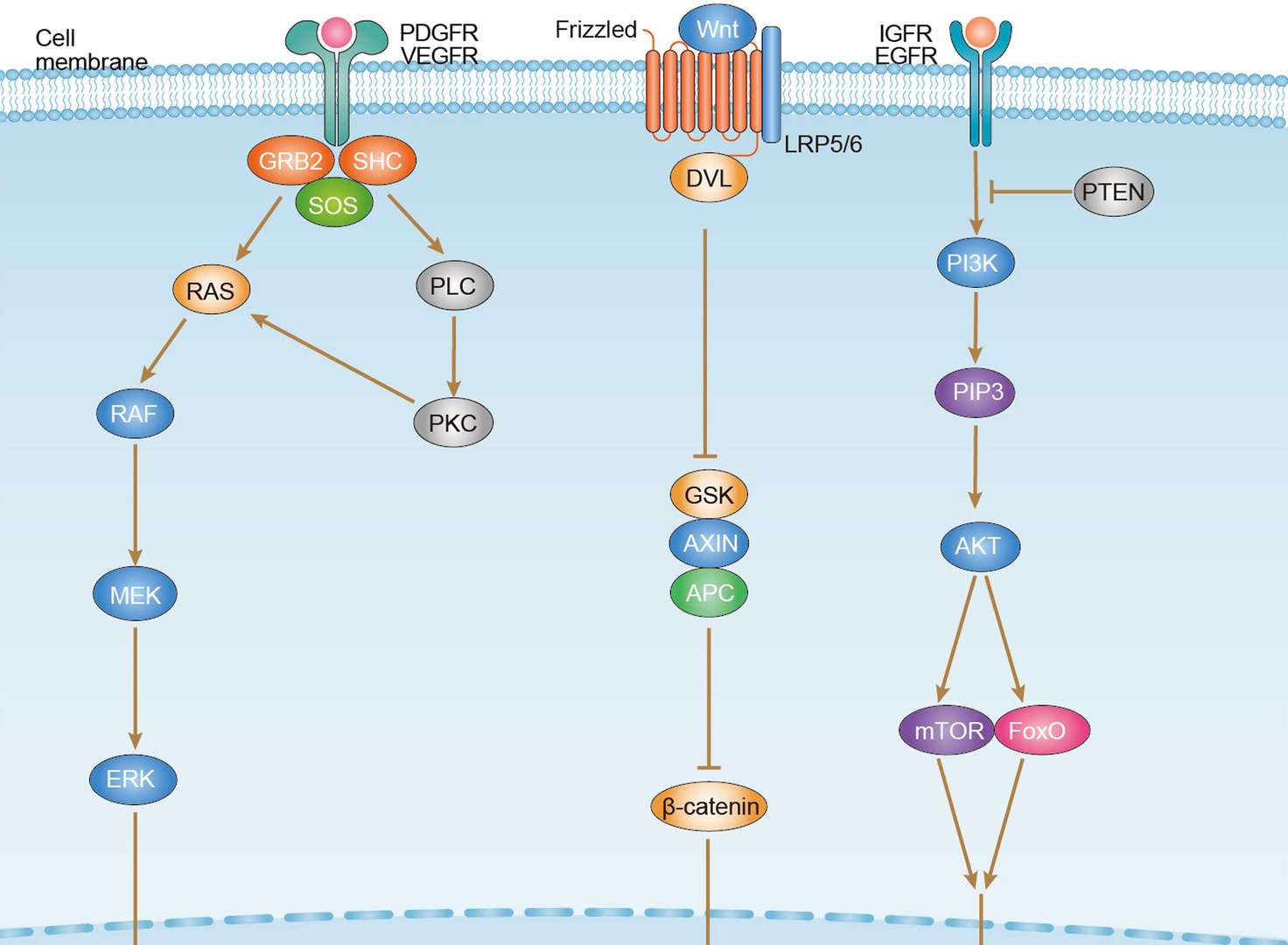 Hepatocellular Carcinoma
Hepatocellular Carcinoma
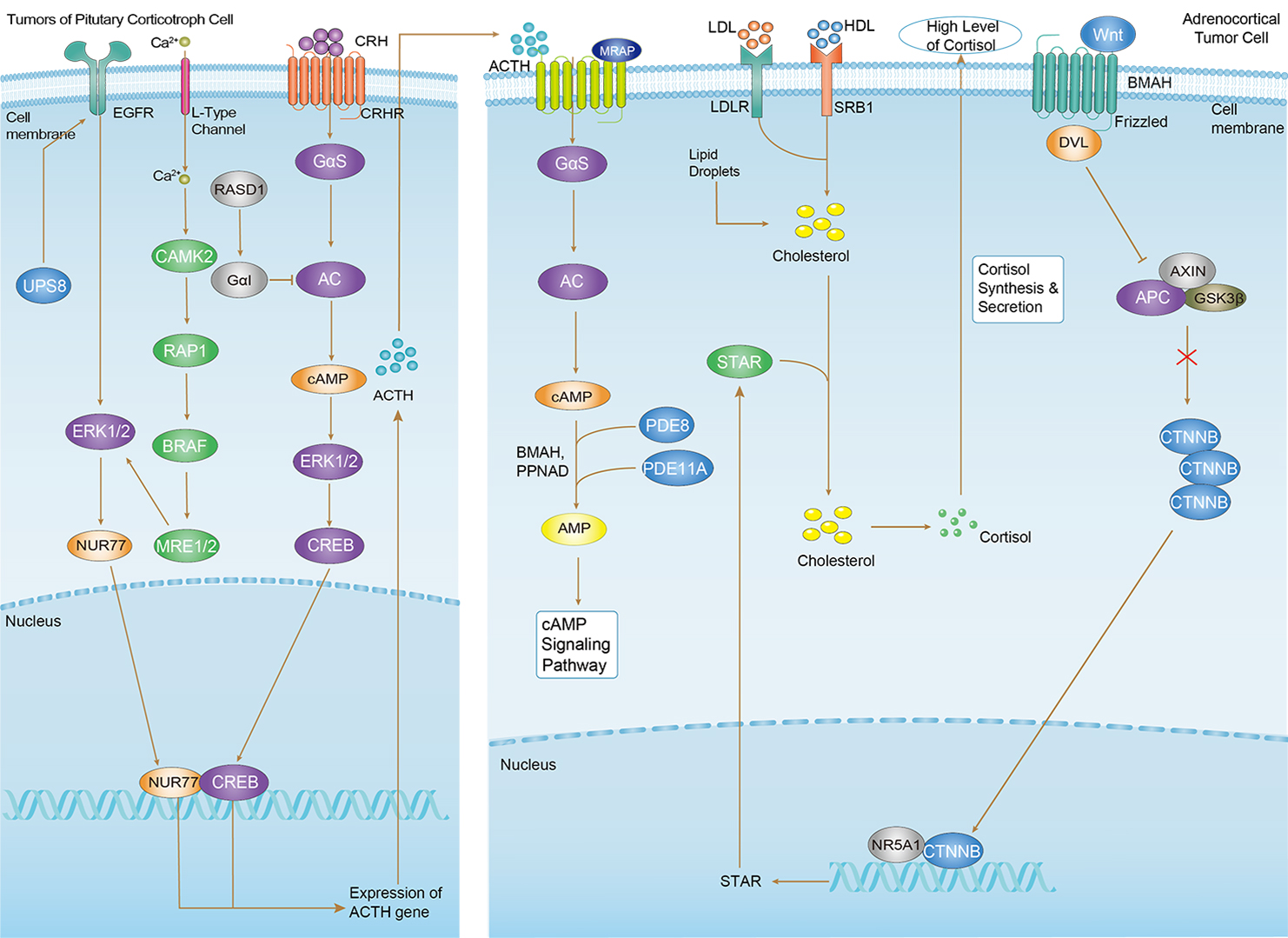 Cushing Syndrome
Cushing Syndrome
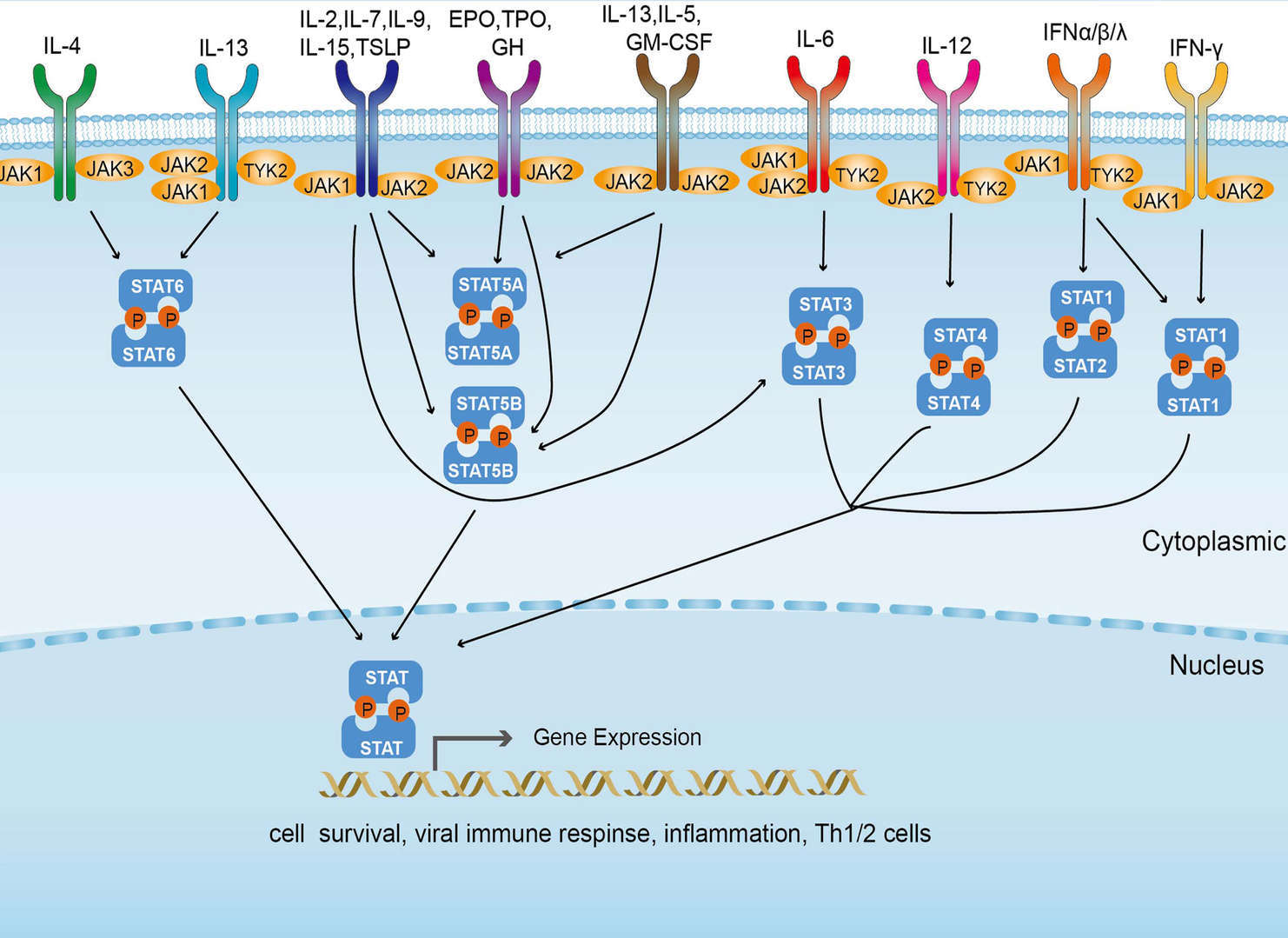 JAK-STAT Signaling Pathway
JAK-STAT Signaling Pathway






-3-1.png)






